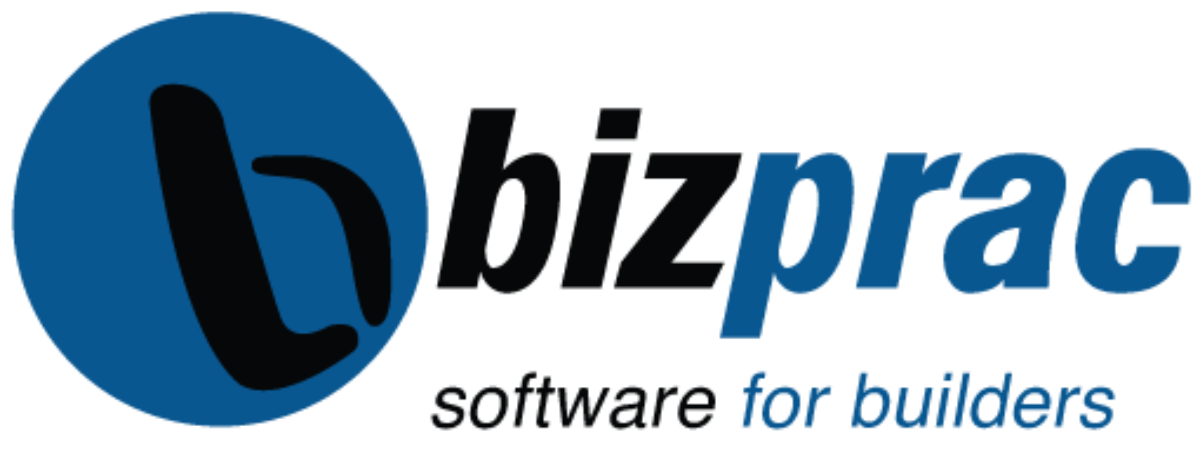When searching for a software solution for your business, you have probably come across the word “integrated”. You might be asking yourself, “What does it mean? How does it differ from a typical standalone business software?”
An integrated software system possesses distinct features and capabilities than a standalone business suite, and therefore offers more opportunities for businesses. Basically, it is a single program that contains “modules” for many business applications. For instance, an integrated construction management software can include applications such as estimating software, ordering and procurement, job management, and accounting.
Instead of relying on a variety of systems to complete certain tasks, an integrated software system allows organisations to work on these tasks on one single platform. This means that employees need only have to input data once which reduces the potential for errors and reduces time since everything is automated. These ultimately lead to increase productivity and efficiency, in addition to boosting the morale of the employees.

How Does An Integrated Software System Work?
To illustrate how an integrated software works, let’s use an integrated payment and accounting software for example.
Before the use of integrated software system, the process in a company that uses a separate payment processing platform and accounting software for automated payments, invoicing, and reconciling of line items for retainer-based engagements looks like this:
- Client signs a retainer-based agreement with the company.
- The company sets up a recurring invoice in the accounting software, with automatic emailing to the client.
- The company sets up a recurring (subscription) payment in the payment processing platform, linked to the client’s credit card.
- At the start of each month, an invoice is generated and sent to the client. The payment is also debited from the client’s credit card.
- The client will then login to the accounting software and link the payment (after several days, when the payment clears) with the invoice that was generated.
The problem with these processes is that chasing up payments that didn’t clear due to insufficient funds can cause delays and require additional time on the administrative level. If payments continue to bounce, this will eventually expire the automated (subscription) payment within payment processing software, requiring someone to set this up again.
After the implementation of an integrated software system, here’s what the new payment and reconciliation process of the company now looks like:
- Client signs a retainer-based agreement with the company.
- The company sets up a new package within the integrated software’s dashboard for their new client. This contains company data (such as key recipients of payment receipts), payment information (all credit cards that could be used for payment) and the contents of the automated emails that are to be sent out (with invoices, inability to make a payment due to insufficient funds, ).
- At the start of each month, an invoice is generated and sent to the client. The payment is also debited from the client’s credit card, with the attempt of payment from alternate credit cards in the case of a bounce back (if this is still not successful, a notice is sent to the client automatically). The invoice is then automatically reconciled when the payment clears.
With the new integrated software, the company will now be able to achieve the following:
- Linking clients with multiple credit cards.
- Automatic emails due to insufficient funds.
- Automatic reconciling of payments with their invoices.
- Integration of “packages” to match clients with for ease of setup.
- Ease of altering payment values, with key business packages already set up.
- Auto-expiration of payments avoided, with the integration software ensuring payment attempts are continued over a period of time.
- Centralised dashboard to analyse key payment data at a glance.
Overall, an Integrated software system is the best option for small business owners all over the world. Cost-effective and versatile – there is nothing much easier or cheaper for businesses than using a fully integrated software suite that meets all of their needs in one package.
To learn more about how Bizprac can help your building business succeed in today’s competitive construction industry, visit our website at staging.bizprac.com or send an email to sales@bizprac.com.





